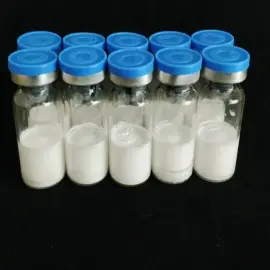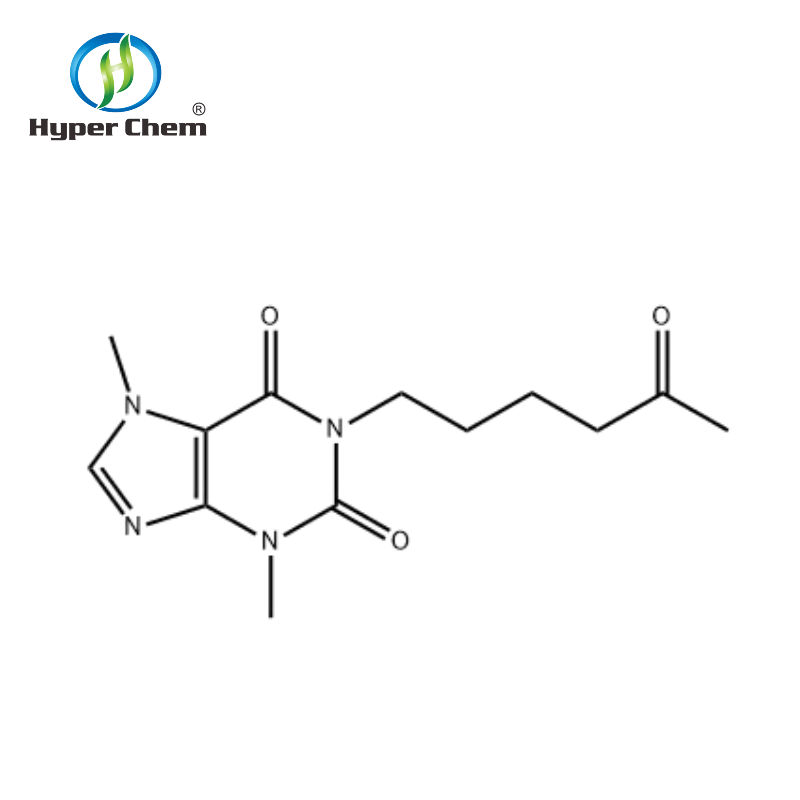-
Categories
-
Pharmaceutical Intermediates
-
Active Pharmaceutical Ingredients
-
Food Additives
- Industrial Coatings
- Agrochemicals
- Dyes and Pigments
- Surfactant
- Flavors and Fragrances
- Chemical Reagents
- Catalyst and Auxiliary
- Natural Products
- Inorganic Chemistry
-
Organic Chemistry
-
Biochemical Engineering
- Analytical Chemistry
-
Cosmetic Ingredient
- Water Treatment Chemical
-
Pharmaceutical Intermediates
Promotion
ECHEMI Mall
Wholesale
Weekly Price
Exhibition
News
-
Trade Service
Niludipine is a phosphodiesterase type 5 (PDE5) inhibitor that is commonly used in the treatment of erectile dysfunction.
It is also known by its brand name, Viagra.
In the chemical industry, niludipine is synthesized through a series of chemical reactions that involve the use of various reagents and equipment.
This process can be broken down into several steps, including the preparation of the starting materials, the actual synthesis of niludipine, and the purification of the final product.
The synthesis of niludipine begins with the preparation of the starting materials.
These materials are typically derived from natural sources or synthesized through other chemical reactions.
The specific starting materials used in the synthesis of niludipine will depend on the method used to synthesize the drug.
Once the starting materials have been prepared, the next step in the synthesis of niludipine is the actual synthesis of the drug.
This step typically involves a series of chemical reactions that convert the starting materials into the desired product.
These reactions may involve the use of various reagents, such as acids, bases, and solvents, as well as the use of various pieces of equipment, such as flasks, centrifuges, and chromatography columns.
After the synthesis of niludipine has been completed, the next step is to purify the final product.
This step is essential to remove any impurities that may have been introduced during the synthesis process.
There are several methods that can be used to purify niludipine, including chromatography, crystallization, and recrystallization.
In conclusion, the synthesis of niludipine is a complex process that involves the use of various chemical reactions, reagents, and equipment.
The steps involved in the synthesis of this drug include the preparation of starting materials, the synthesis of the drug itself, and the purification of the final product.
The purification process is essential to remove any impurities that may have been introduced during the synthesis process, and to produce a pure and effective drug.







